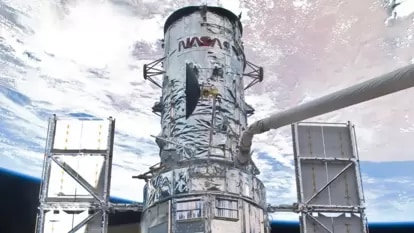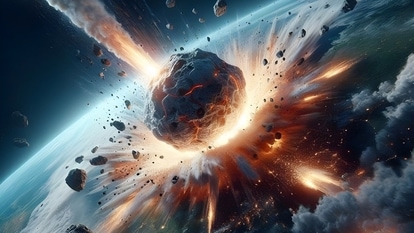Dangerous asteroid hurtling towards Earth! NASA issues warning
A dangerous 73-foot asteroid is hurtling towards Earth today at blistering speed. Will it impact Earth or just miss the planet? Read on to find out.
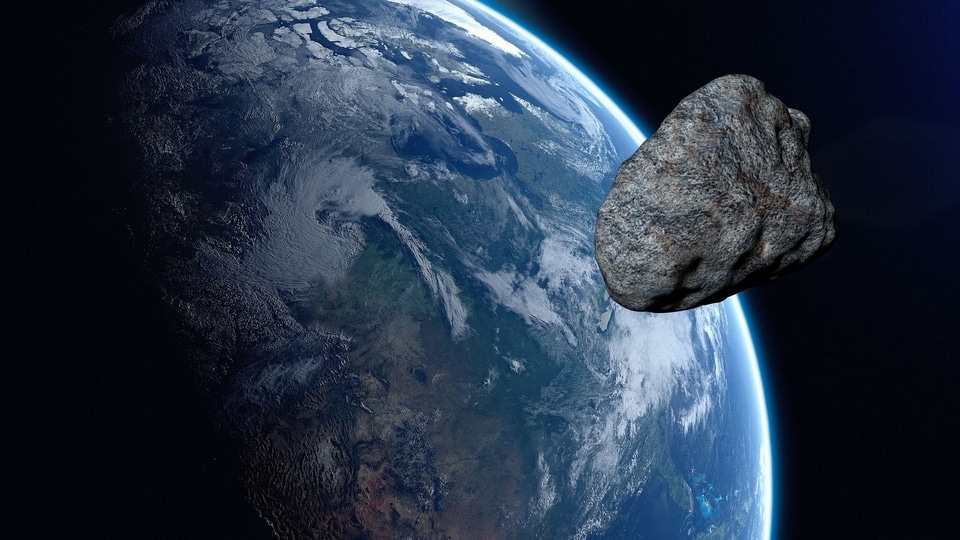

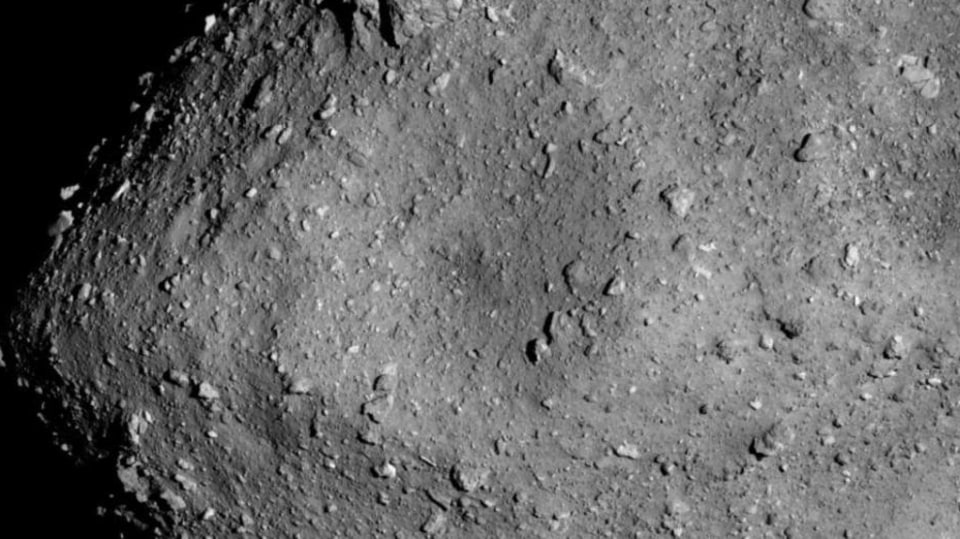
_1639115875543_1639115887157.jpg)
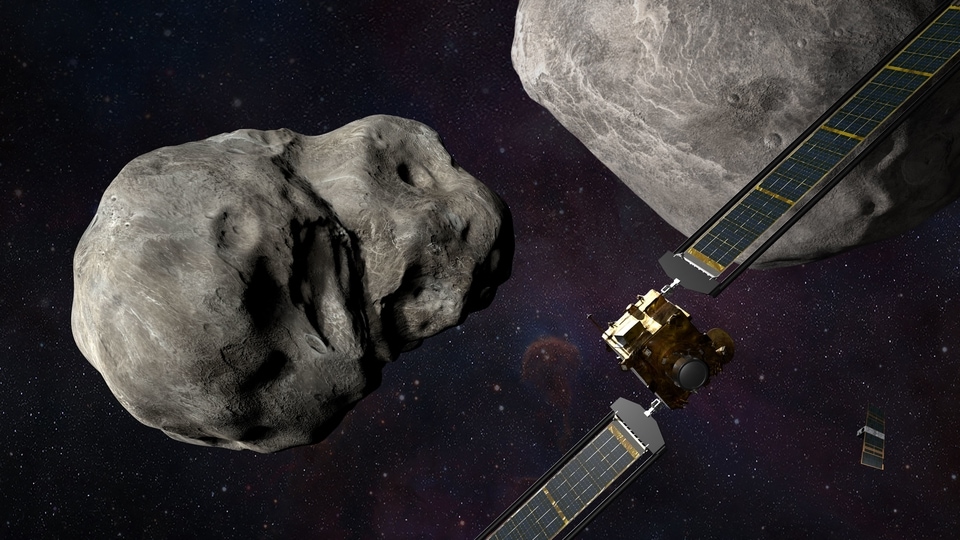
_1638627105271_1661948431167_1661948431167.jpg)
 View all Images
View all ImagesNASA' Planetary Defense Coordination Office has red flagged an asteroid named Asteroid 2022 QB8 which is expected to fly past Earth at an extremely close distance. According to NASA, the asteroid will pass Earth at a distance of just 7.2 million kilometers from Earth today, on August 31
If any Near-Earth Object (NEO) is at risk of Earth impact, NASA's Planetary Defense Coordination Office red flags and issues the alert. The Asteroid 2022 QB8 has also been red flagged by NASA. The Asteroid 2022 QB8 will fly past Earth today, August 31 at a distance of just 7.2 million kilometers from Earth at a staggering speed of 38,088 kilometers per hour.
These past months have seen a sudden increase in the frequency of asteroid flybys. However, people will be relieved to know that none of them will be any potentially “world-ending” asteroids. In fact, such an asteroid is not expected for at least a century or more.
According to Davide Farnocchia of NASA's Near-Earth Object Studies Center, “A 2068 impact is not in the realm of possibility anymore, and our calculations don't show any impact risk for at least the next 100 years.”
Can asteroids be mined for resources?
Asteroids are generally made up of rocky minerals. They could come in handy when building structures in space, such as bases on other planets or even the Moon. Asteroids are usually composed of nickel and iron or silicate materials and nickel-iron. Due to their 85 percent metal structure, they could be an excellent source of minerals.
As of now, the exploitation of asteroids is not cost-effective. Since there is no Moon base or structure in space, it is extremely difficult to do so. However, the future applications of asteroid mining are immense and could one day, even become the primary source of metals and other raw materials on Earth.
Catch all the Latest Tech News, Mobile News, Laptop News, Gaming news, Wearables News , How To News, also keep up with us on Whatsapp channel,Twitter, Facebook, Google News, and Instagram. For our latest videos, subscribe to our YouTube channel.




